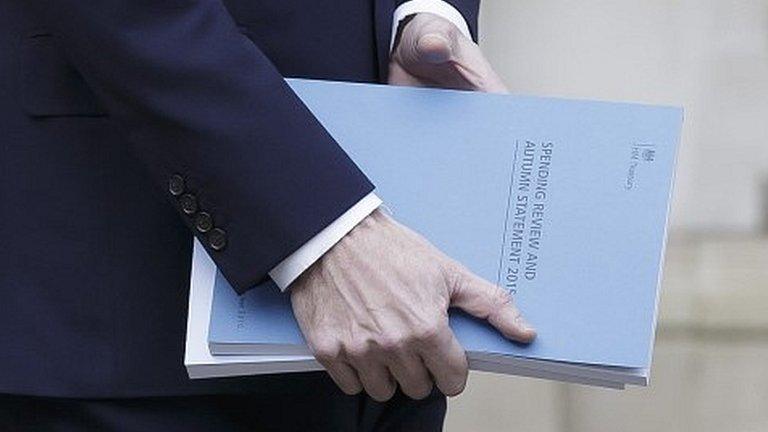London fare dodging rises on Tube but drops on buses
- Published

Transport for London lost £61.47m owing to fare dodging in 2015, Labour said
Losses from Tube fare dodgers have increased by 207% since 2010, the London Assembly Labour Group has found.
Tube fare evasion cost Transport for London (TfL) £61.47m in 2015, up from £20m in 2010/11, external, the party said.
However, losses from bus fare evasion fell by 55%, from £40m to £18m in the same period.
TfL said fare dodging continues to "go down every year, against rising passenger numbers" and represents less than 1% of all Tube journeys".
A spokeswoman said the decrease in bus fare dodging came after the removal of bendy buses in 2011 because they had several entrances and "people were more likely to take their chances".

The removal of bendy buses in 2011 helped reduce fare evasion, TfL said.
Figures quoted by the London Assembly Labour Group also did not consider revenue made back from penalty fares and automatic maximum fare charges for fare dodgers, she added.
'4.5p per journey'
Labour's Valerie Shawcross said there needed to be "a far more rigorous approach" to tackling fare dodgers.
Her analysis comes after the government announced cuts to TfL's budget of up to £700m in revenue grant by 2019/20.
She said the rise in fare evasion had far outstripped the 23% rise in passenger numbers across the London Underground network.
Approximately 4.5p per journey is lost to fare evasion, up from 1.8p in 2011, she found.
'False economy'
Ms Shawcross said TfL should not close down tickets offices, which could make it easier to dodge fares, after London Mayor Boris Johnson's decision to cut nearly 900 station staff , external.
Data uncovered in the autumn, external showed that ticket barriers at some stations were left open up to 60% of the time.
"If you cut staff and fare evasions rise it's a false economy," she said.
- Published2 February 2015

- Published25 November 2015
- Published25 November 2015

- Published6 January 2014
